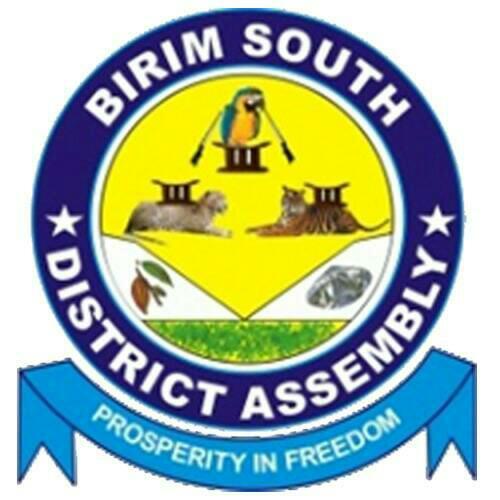AGRICULTURE
Major activities in Agricultural sector are crop farming and livestock production employing about 70% of the active working population. Four types of agricultural activities were defined namely crop farming, tree growing, livestock rearing and fish farming. The highest proportion of farming households are engaged in crop farming (98.1%), while the least proportion of households are into fish farming (0.1%). More than 9 in 10 rural households are engaged in crop farming (98.4%) compared to a slightly lower proportion of urban households (97.7%).
Vegetation
The vegetation is mostly characterized by tall trees with evergreen undergrowth endowed with economic trees. The district falls within the semi-deciduous rainforest region leading to high degree of rainfall for crop cultivation and human use. Human activities such as bad farming practices, lumbering (especially chain saw and firewood operations), illegal mining and construction works have had negative impact on the vegetation over the years resulting in scattered parcels of secondary forest.
Soils and Suitability for Agriculture
The soils of the municipality can be classified into four groups. These are:
Kumasi – Offin Association
Sewdru – Nsaba/Offin Compound Association
Bekwai – Oda Association
Birim – Chichiwere Association
Crop Farming
Majority of the farmers in the district are involved in crop farming and the main crops cultivated are:
- Starchy staples like cassava, cocoyam, and plantain,
- Legumes like beans; vegetables like tomatoes, okro, garden eggs, pepper, cabbage.
- Tree crops like oil palm, cocoa, citrus, bamboo;
- Cereals like maize and rice. Maize is planted twice during the year, i.e during the major and minor seasons.
The predominant farm practice is mixed cropping. The crops grow in mixed stands normally inter-cropped with vegetable and cultivated for both home consumption and/or sale.
Types of Livestock and other Animals Reared
Animal rearing is the second most important agricultural activity after crop farming. Most of the farmers engaged in crop farming also keep livestock. The number of animal species kept in the district is 161,770. Out of this number, there are 10,770 keepers and an average of 15 animals per keeper. The average animal per keeper for goat and sheep are 9 and 10 respectively. The types of animals reared are sheep, goats, pigs, cattle and poultry. These are reared as supplementary activities to meet part of the protein requirements and to earn additional income. The animals reared are kept in styles pens and hencoops. The goats, sheep and pigs are fed through the free grazing method that is grazing on the open vegetation. There are only a few known viable fishponds in the district. The main difficulty lies with the cost of construction of ponds.
